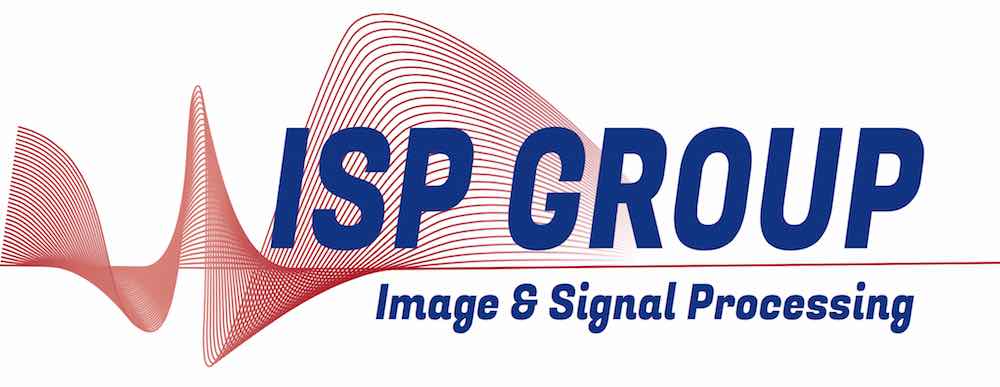Personalized Video Access and Summarization
Today’s media consumption evolves towards increased user-centric adaptation of contents, to meet the requirements of users having different expectations in terms of story-telling and heterogeneous constraints in terms of access devices. Individuals and organizations want to access dedicated contents through a personalized service that is able to provide what they are interested in, at the time when they want it and through the distribution channel of their choice.
In this research, we consider two complementary schemes to distribute personnalized content to end-users:
- On the one hand, video summarization methods are envisioned to prepare a condensed and personalized video report from an extended raw video content. As depicted in the figure below, we formulate video summarization as a resource allocation problem, which uses the limited time resources to tell a story with the maximum benefit (Chen and De Vleeschouwer 2011) (Chen et al. 2011) (Chen et al. 2010) . The main advantages offered by our ressource allocation framework are the efficiency of the resulting divide-and-conquer approach, and the genericity and flexibility resulting from the arbitrary definition of candidate sub-summaries and associated benefits.

- On the other hand, specific client-server infrastructures are deployed to adapt the streamed video content to the interactive user requests (De Vleeschouwer 2011) (Fernandez et al. 2012) (Fernandez et al. 2012) . In this framework, a ‘content enhancement unit’ spits the initial video content into (semantically consistent) segments that are encoded independently (=content segmentation) and potentially with distinct parameters (=content versioning). The server can then decide on the fly which segment to send as a function of the network constraints and/or user requests (playback speed control, replay request, etc).

Actual implementations of those schemes build on automatic video segmentation and (semi-)automatic video tagging (Chen et al. 2011) (Chen et al. 2010) (Fernandez et al. 2012) to offer semantically relevant and personalized access capabilities, thereby increasing the attractiveness and value of the native raw content with very limited human-ressources involvement.
